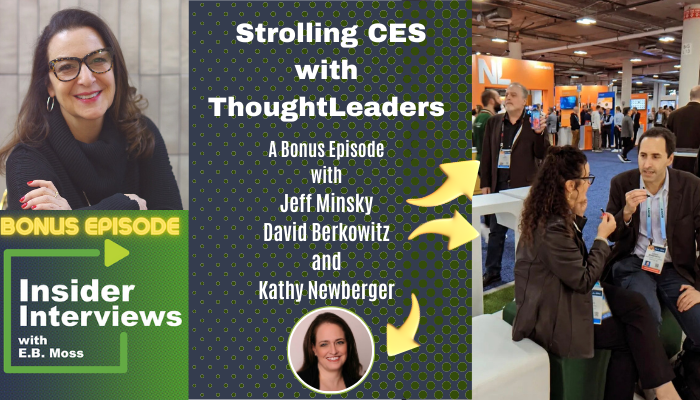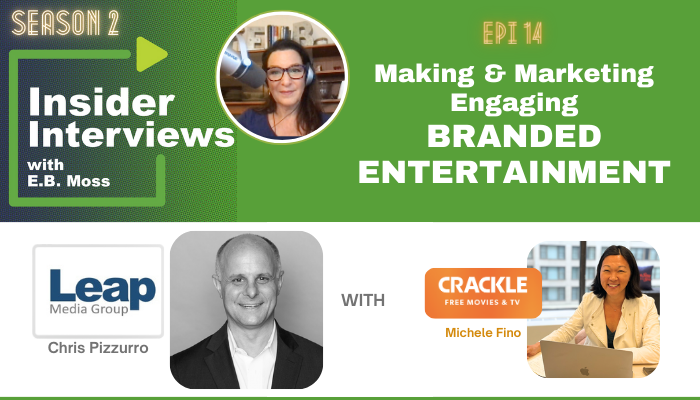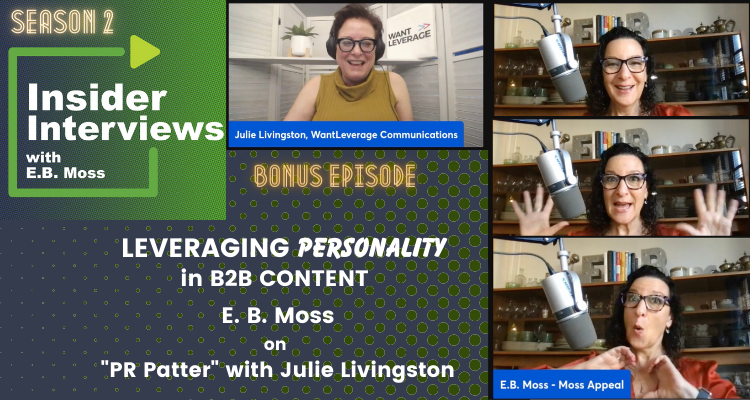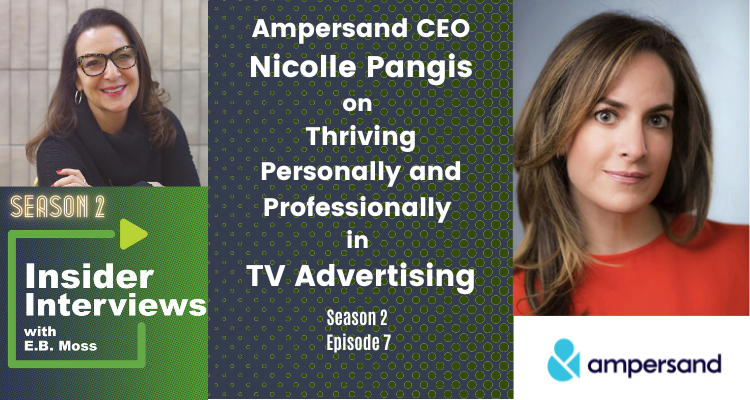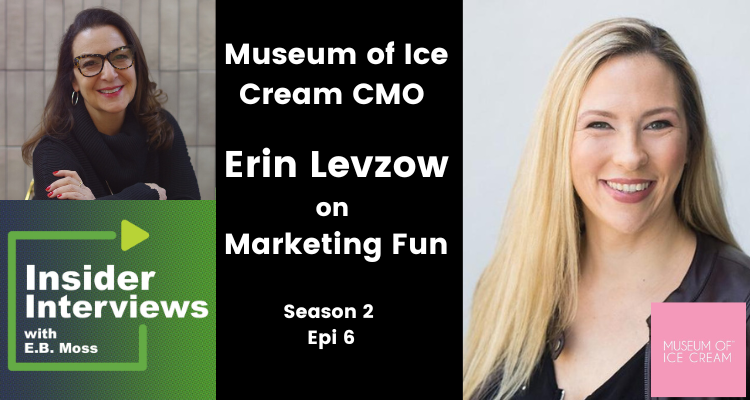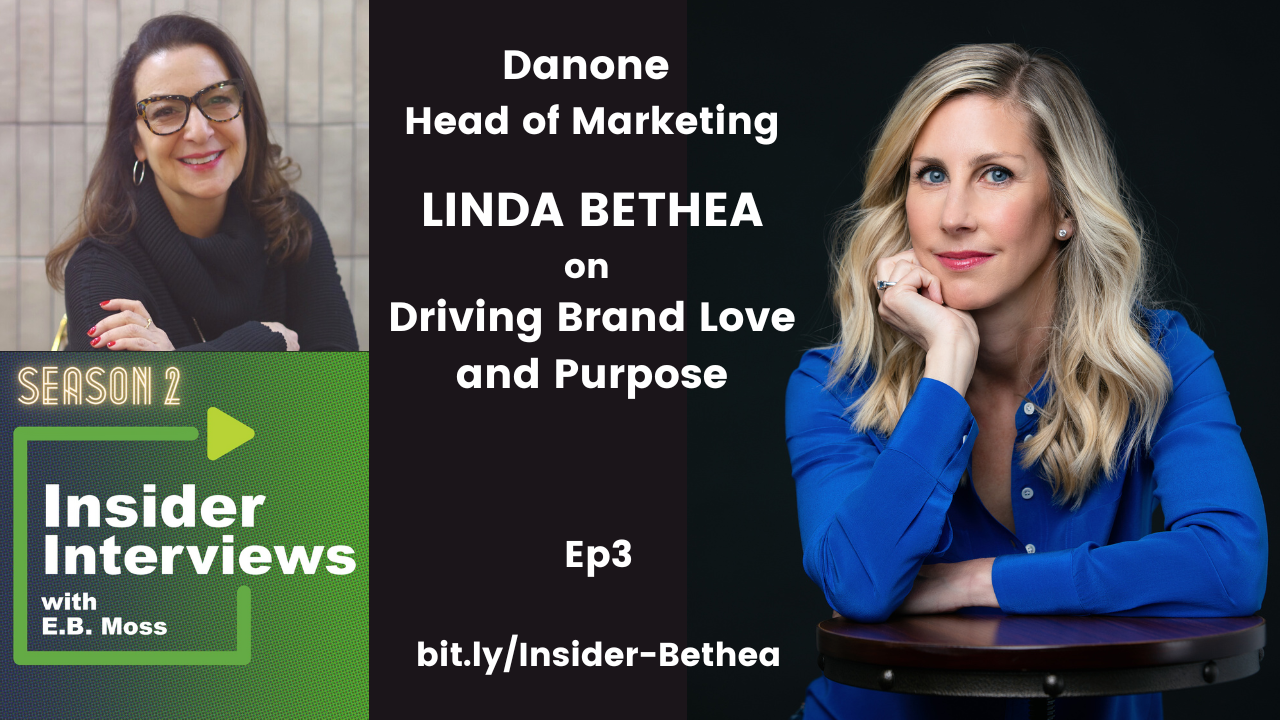Bonus: Tech, Sounds, and Observations at CES with ThoughtLeaders
Podcast: Play in new window | Download (Duration: 20:43 — 28.9MB) | Embed
Subscribe or Follow Spotify | Android | Pandora | iHeartRadio | TuneIn | Deezer | RSS | More
I strolled CES with thought leaders David Berkowitz, founder of Serial Marketers, AIMG and FOAF, Jeff Minsky, Founder, Mediawhizards, LLC, and longtime media sales pro, Kathy Newberger. In this bonus episode, we touched on a wide range of topics shaping the future of the industry…and covered some literal miles, too. We compared firsthand experiences, some […]

